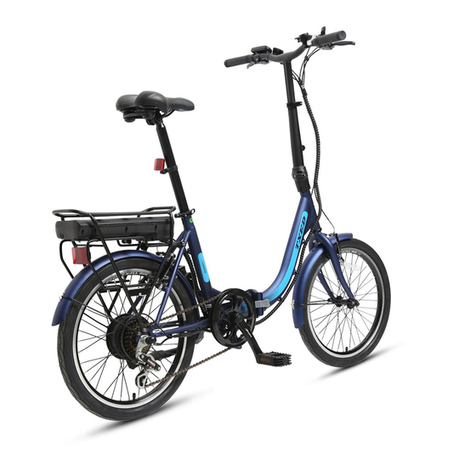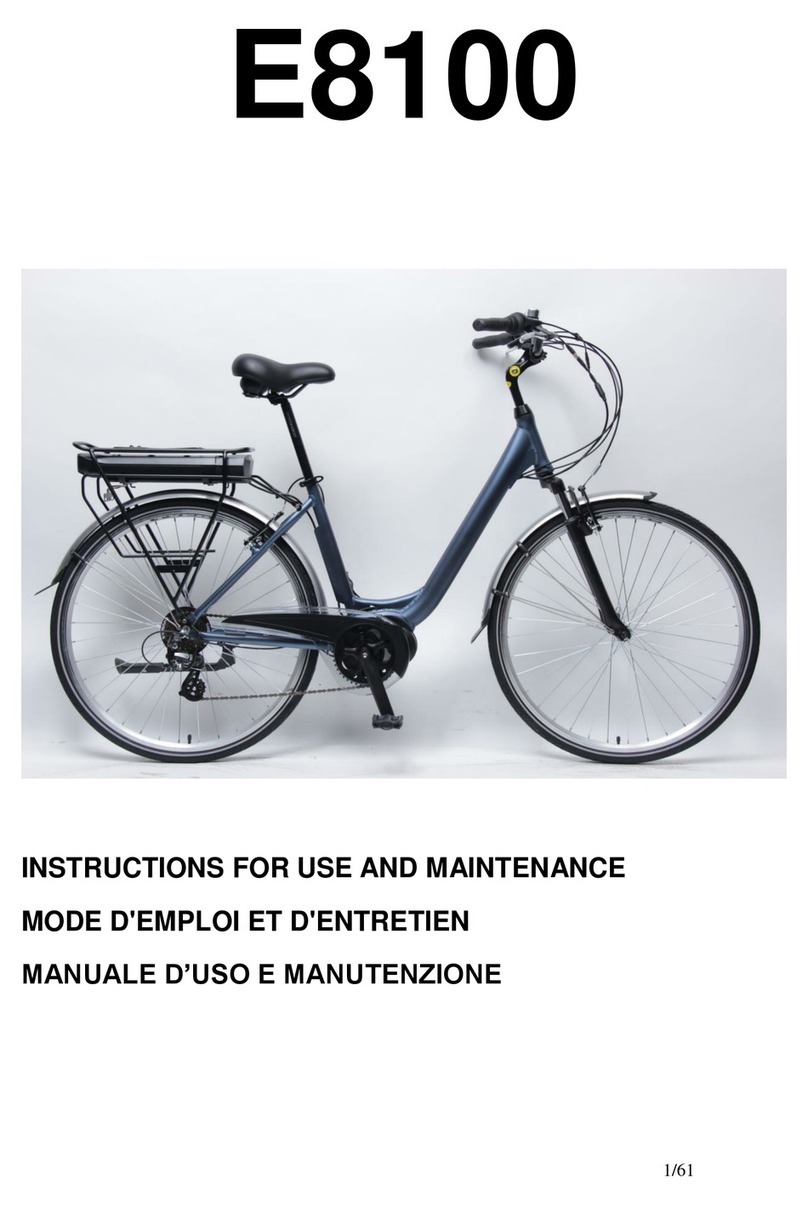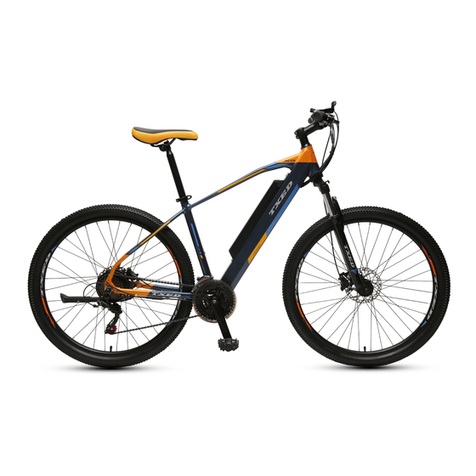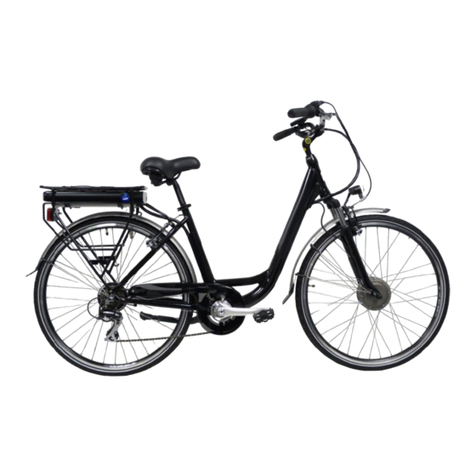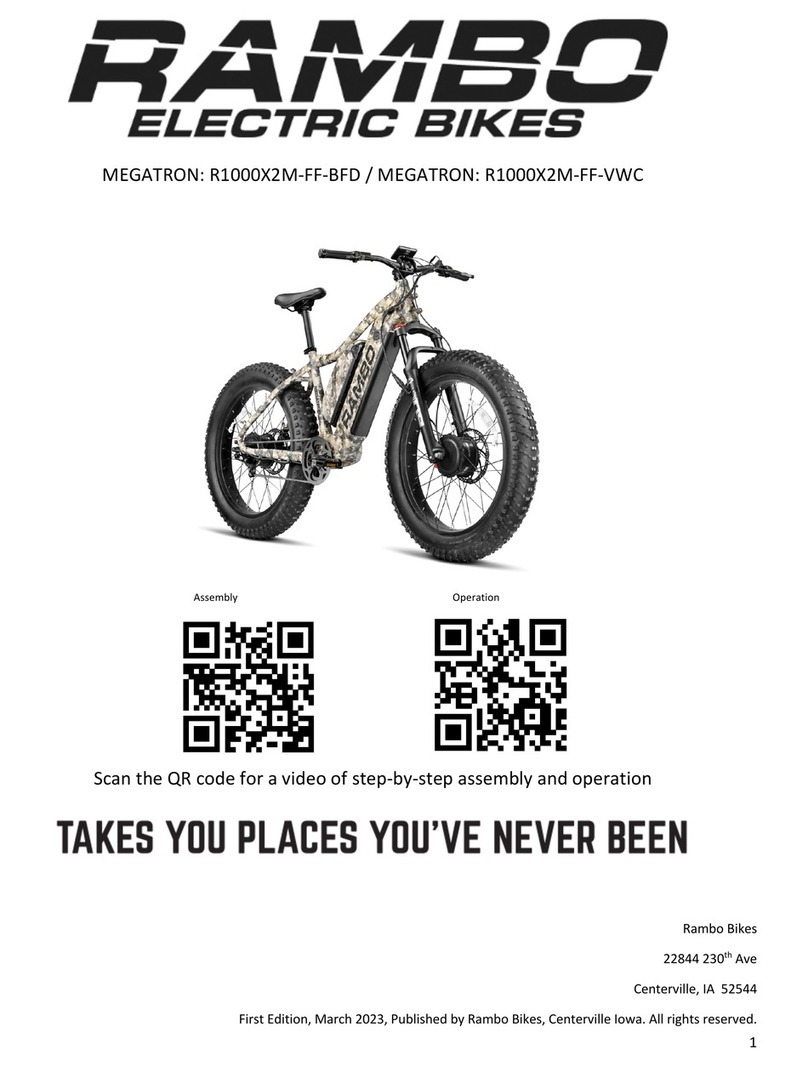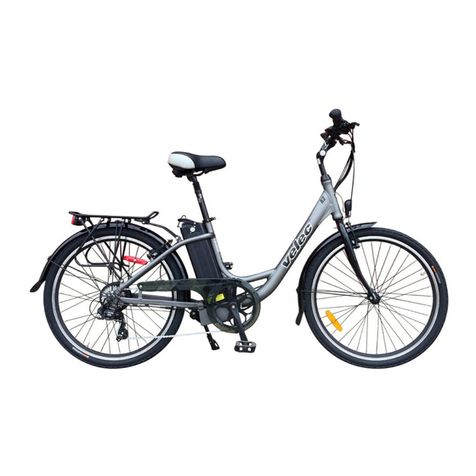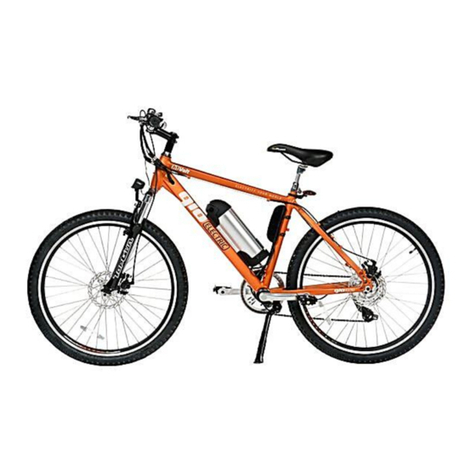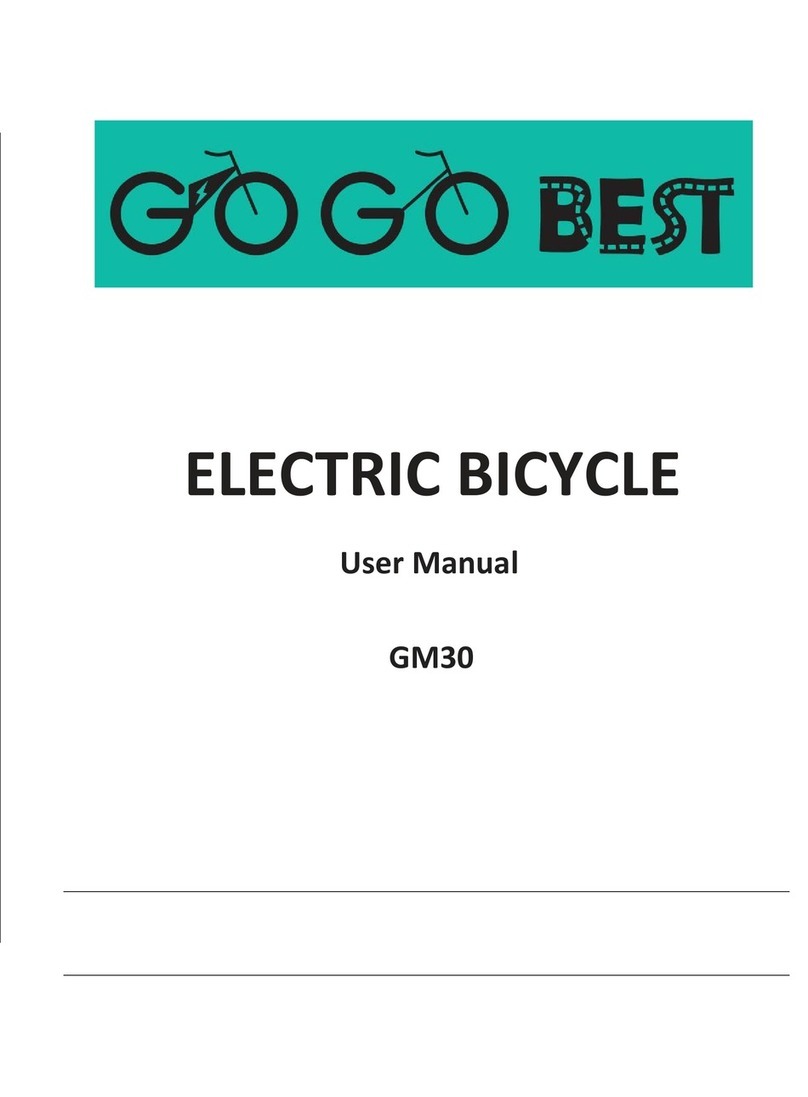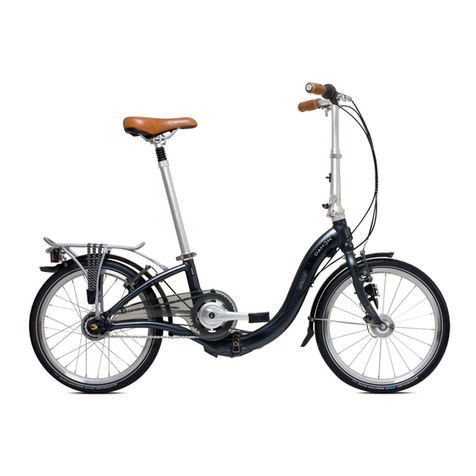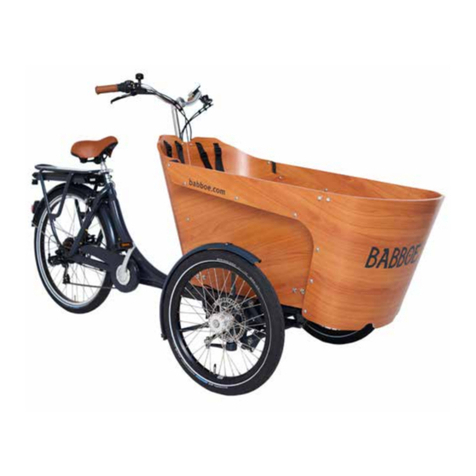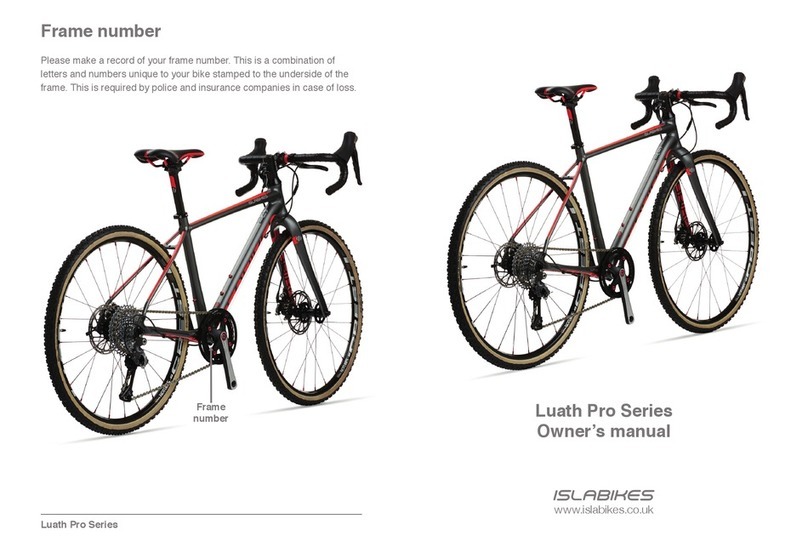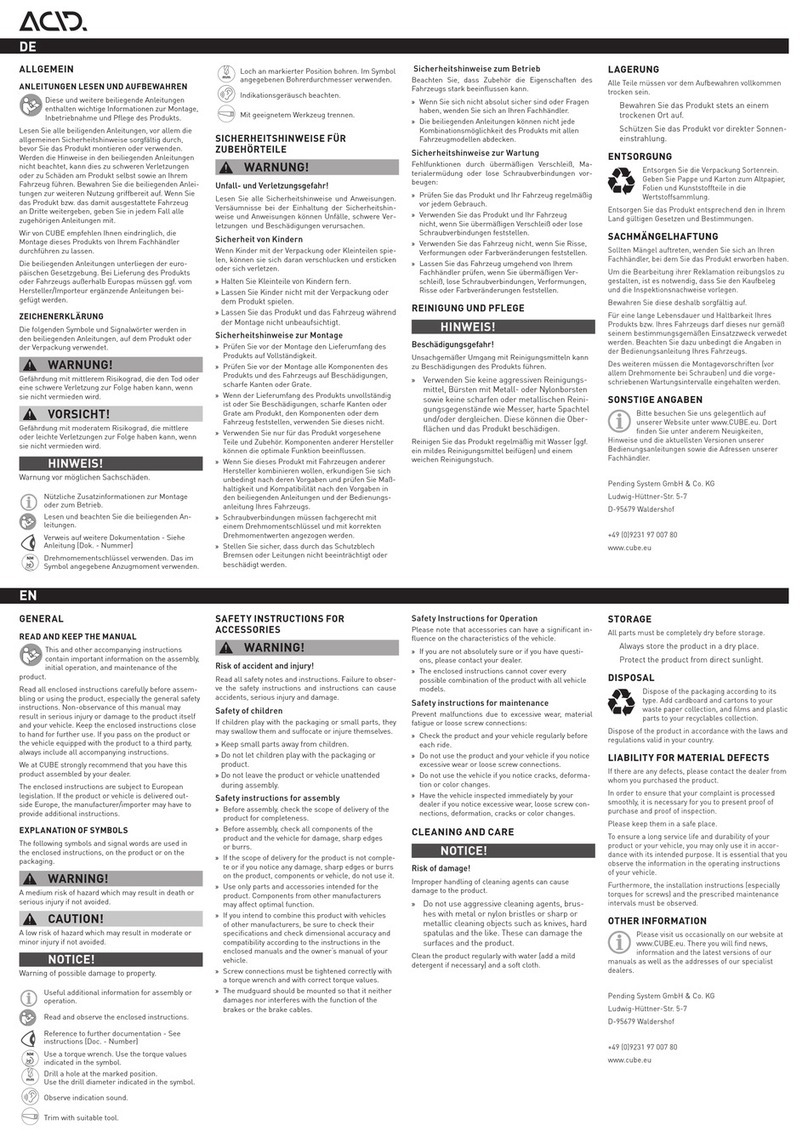2
Congratulations on your purchase, of this E-Times City 8000H, it has been carefully designed and
manufactured according to the latest international quality standards, including:
EN 14764-2005
EN 15194:2009+A1
ISO 4210
Please read this instruction manual carefully and thoroughly before riding. It contains important information
on safety, and maintenance.
It is the owner’s responsibility to read this manual before riding.
Should any original component prove defective in terms of workmanship within its warranty period, we will
replace it. Warranty period for the electric bikes is as follows.
Frame: - 5 years
Electrical Components: - 2 year with proper care and maintenance
All other components: 2 years
This warranty does not include labors and transportation charges. The company cannot accept any
responsibility for consequential or special damage. This warranty applies only to the original retail purchaser
who must have a proof of purchase in order to validate any claim. This warranty applies only in the case of
defective components and does not cover the effects of normal wear, nor damage caused by accident, abuse,
excessive loads, neglect, improper assembly, improper maintenance or the addition of any item inconsistent
with the original intended use of the bicycle.
No bicycle is indestructible and no claims can be accepted for damage caused by improper use, competition
use, stunt riding, ramp jumping and leaping or similar activities. Claims must be submitted through your
retailer. Your statutory rights are not affected.
The company reserves the right to change or amend any specification without notice. All information and
specifications within this brochure are correct at time of printing.
Ⅰ. Conditions for riding this pedal electric assistance bicycle
This pedal electric assistance bicycle is designed for riding on road or riding on a paved surface where the
tires do not lose ground contact. It must be properly maintained according to the instructions found within
this book;
The maximum weight of the rider, bike and loading is required to be less than 100kg.
Safe cycling and safety tips:
Before you ride your pedal electric assistance bicycle always make sure it is in a safe operating condition.
Particularly check that your:
• Nuts, bolts, quick-release and parts refastened tight and not worn or damaged.
• Riding position is comfortable.
• Brakes are operating effectively.
• Steering is free with no excessive play.
• Wheels run true and hub bearings are correctly adjusted.
• Wheels are properly secured and locked to frame/fork.
• Tires are in good condition and inflated to correct pressure.
• Pedals are securely tightened to pedal cranks.
